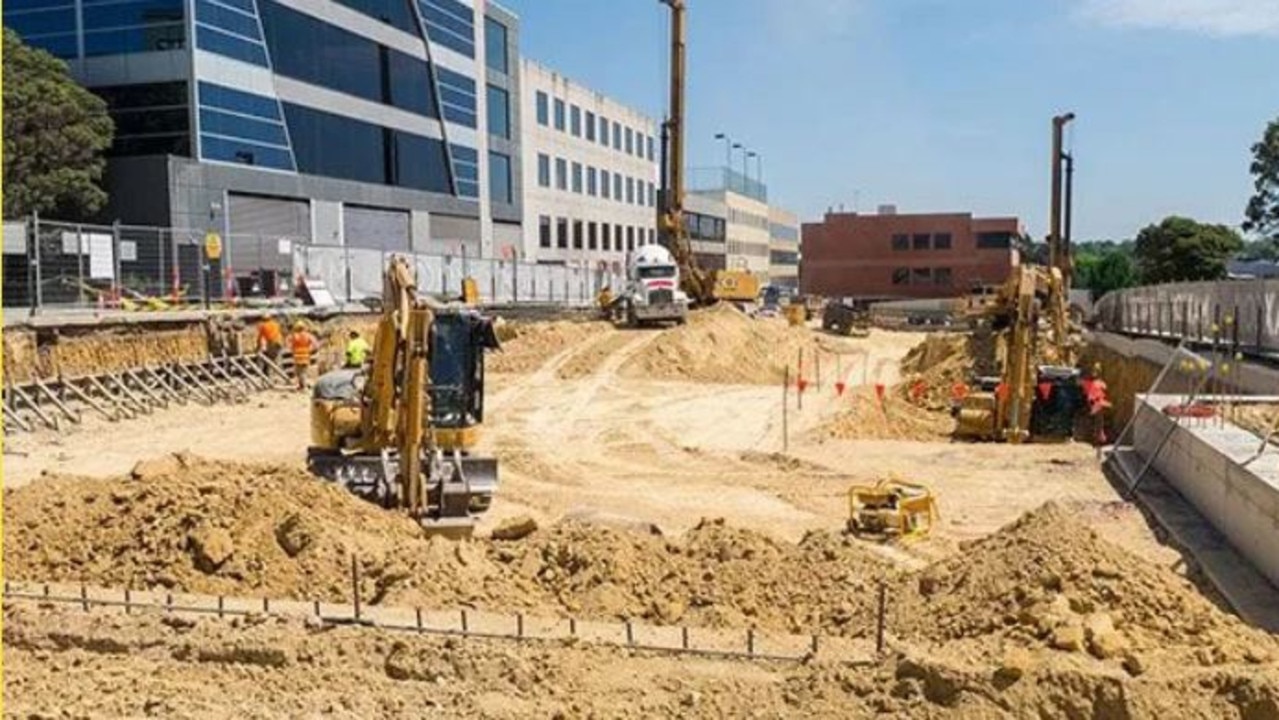Bushfire risk heightened after three years of La Nina hampered hazard reduction
NSW fire authorities face a backlog of hazard reduction, with just eight per cent of planned works carried out in a year despite massive bush regrowth, as history points to further fire havoc.
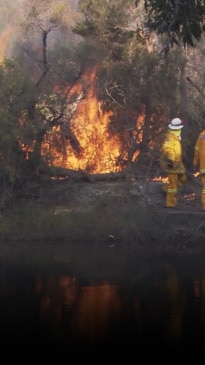
NSW
Don't miss out on the headlines from NSW. Followed categories will be added to My News.
Just eight per cent of planned bushfire hazard reduction works have been carried out in NSW over the past year – despite a heightened bushfire risk and massive bush regrowth following three years of La Nina.
The NSW Rural Fire Service is now calling on all NSW landholders and residents to do all they can to take action to reduce the risk of fires on their properties this winter, to better prepare for a higher risk later this year.
It comes as one frustrated farmer in Sydney’s outskirts raised concerns about what he calls “buck-passing” between state government agencies over clearing overgrown Crown land of bushfire risks.
Three years of La Nina has brought some of the highest rainfalls in NSW on record, along with prolific vegetation growth – yet at the same time hampered official hazard reduction efforts due to poor weather.
Historically, every time after a triple La Nina event, major bushfires have swept through the state, wreaking havoc.
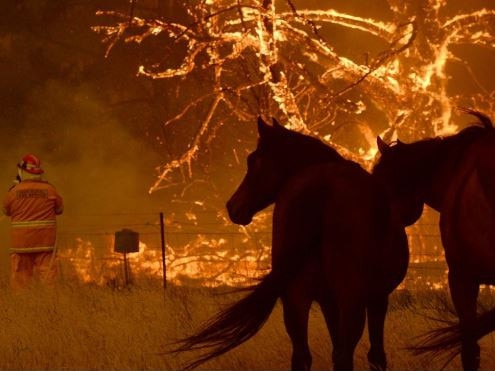
“Over the last three years, wet weather has significantly hindered our ability to conduct hazard reduction works, with less than 10 per cent of our planned works completed over the last 12 months,” a NSW Rural Fire Service spokeswoman said.
“We have implemented other mitigation measures to reduce risk to communities wherever possible, including mechanical works and the use of goat grazing (using goats to graze on grass).
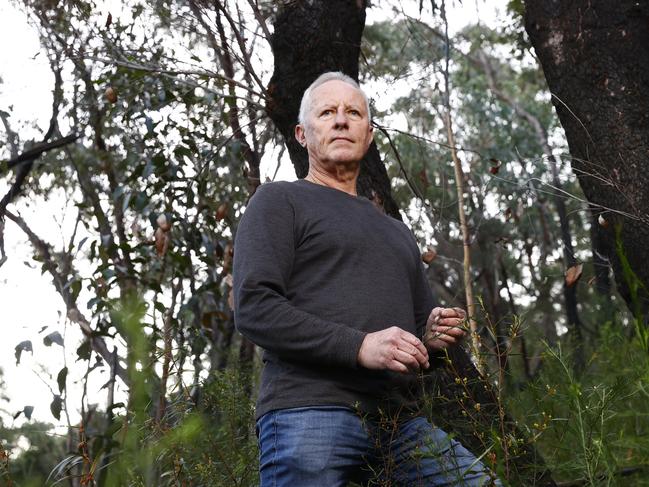
“With a warmer-than-average winter predicted, it’s imperative that all landholders and residents take action to reduce the risk of fire on their land.”
She said hazard reduction burns would be conducted whenever suitable weather allowed.
From July last year to now, the RFS has completed 25,384 hectares – 8.05 per cent of the 314,941ha that was proposed to be done by June.
Former Fire and Rescue commissioner Greg Mullins said the state had lost three years of hazard reduction as a result of the wet La Nina weather – and that history shows major bushfires have always followed a triple La Nina event.
“We’re not headed for another Black Summer because you need a year or two of drought, at least 18 months of drought to see fires like that,” he said.
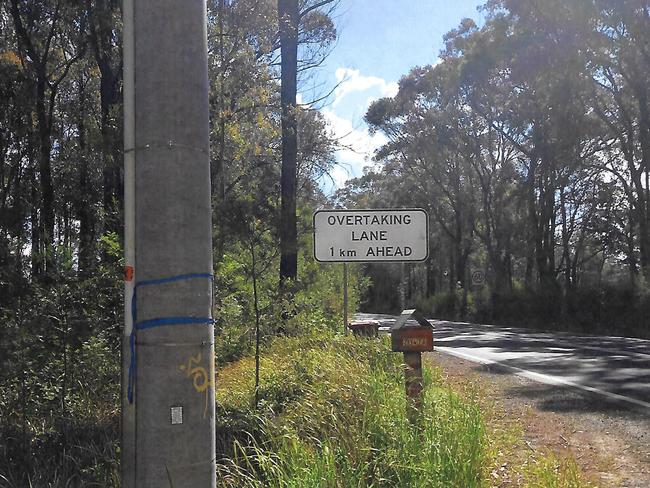
“However – because of the rains we’ve have there’s been prolific growth and we can’t be complacent. There’s a lot of grass out there.”
Farmer Martin Tebbutt, from Bilpin, is concerned about excessive regrowth on Crown land opposite his property on Bells Line of Road, which was hit by the 2019-20 fires.
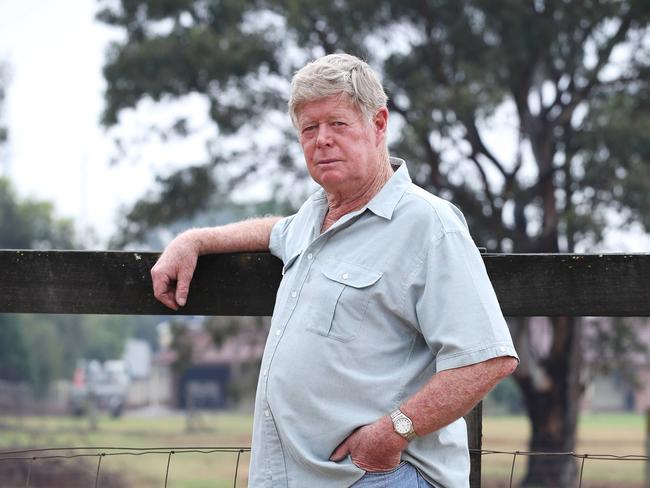
“It is part of a 75 hectares block (186 acres) of NSW Crown land that is neglected and will again present a serious threat in the next fire,” Mr Tebbutt said.
“The new regrowth is actually thicker than before due to the very hot fire last time changing the nature of the undergrowth.”
He said NSW Crown Land informed him it was a council responsibility, but when he approached Hawkesbury council late last year, he was ignored.
“This classic buck passing and fobbing off by a Government agency is dangerous,” Mr Tebbutt said.
“This danger area can readily be mechanically mulched and slashed without the need for fire and the smoke over Sydney.”
Under new regulations introduced by the former Coalition Government, rural properties can be cleared 25m from the boundary lines without approvals.
But Hawkesbury council says it does not intend to clear the vegetation under that code.
Infrastructure services director Will Barton said the NSW RFS Environmental Assessment code set out strict rules about controlled burning.
“The property in question was scheduled for hazard reduction however due to wildfire activity in the 2019/2020 bushfires the vegetation is now within the fire threshold time period as set out by the NSW RFS Environmental Assessment Code and cannot be burnt,” he said.
“Council will continue to undertake vegetation management by mechanical means as part of our ongoing fire mitigation activities and obligations to the Bushfire Management Committee.”
Originally published as Bushfire risk heightened after three years of La Nina hampered hazard reduction




